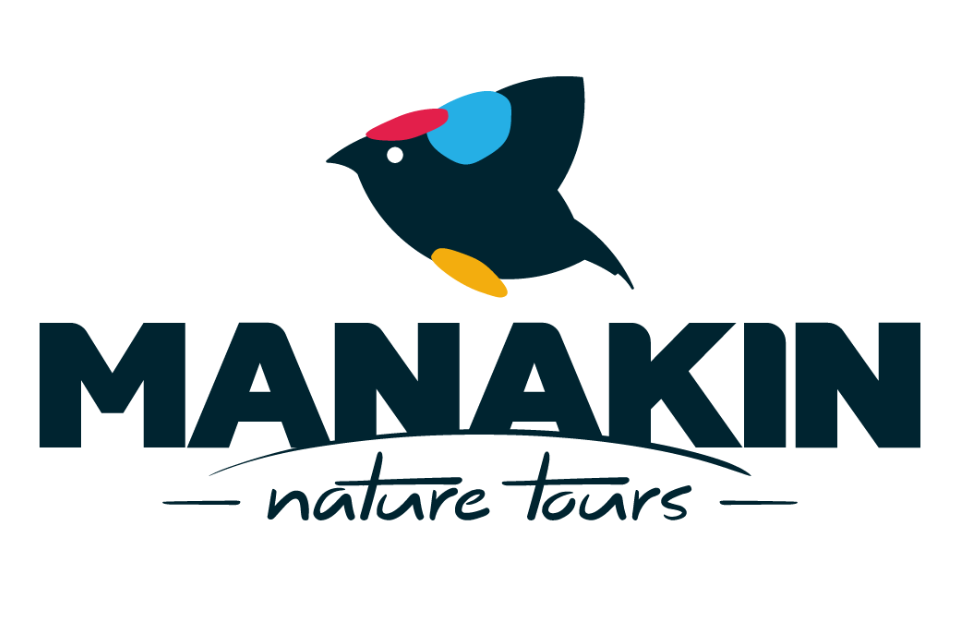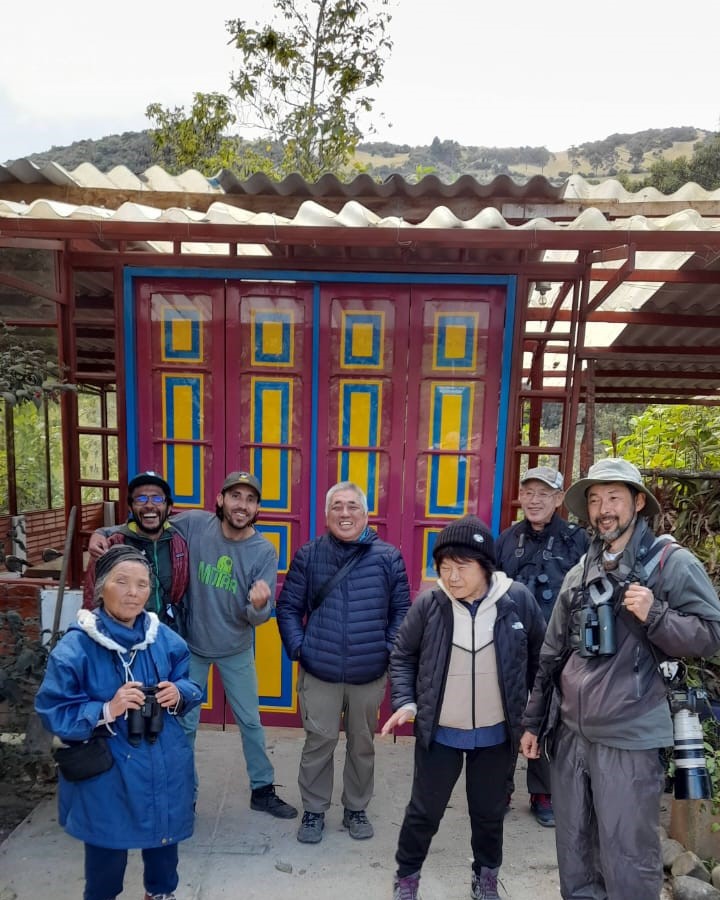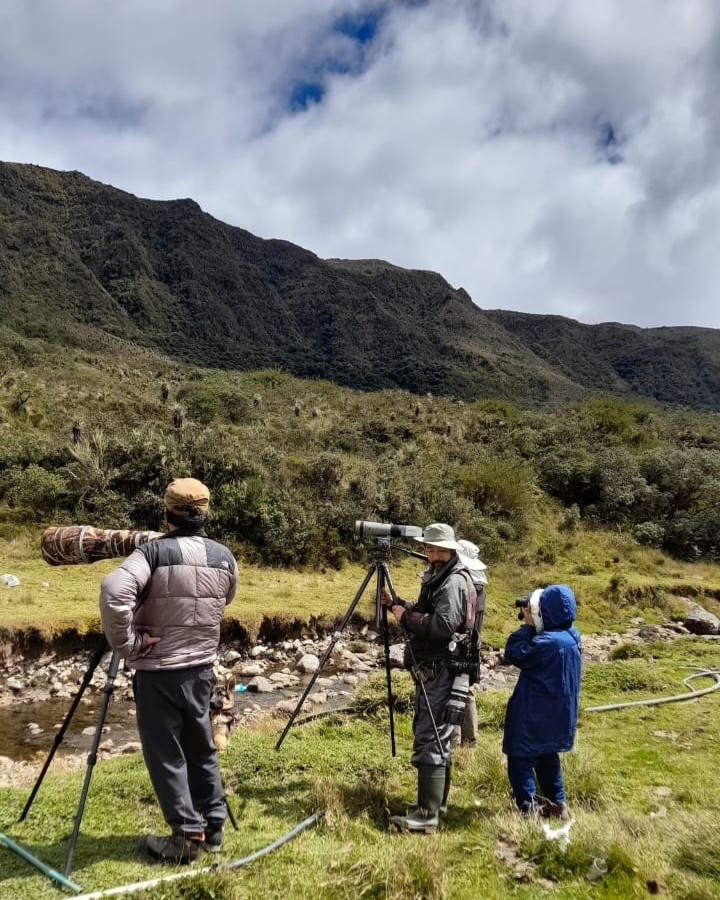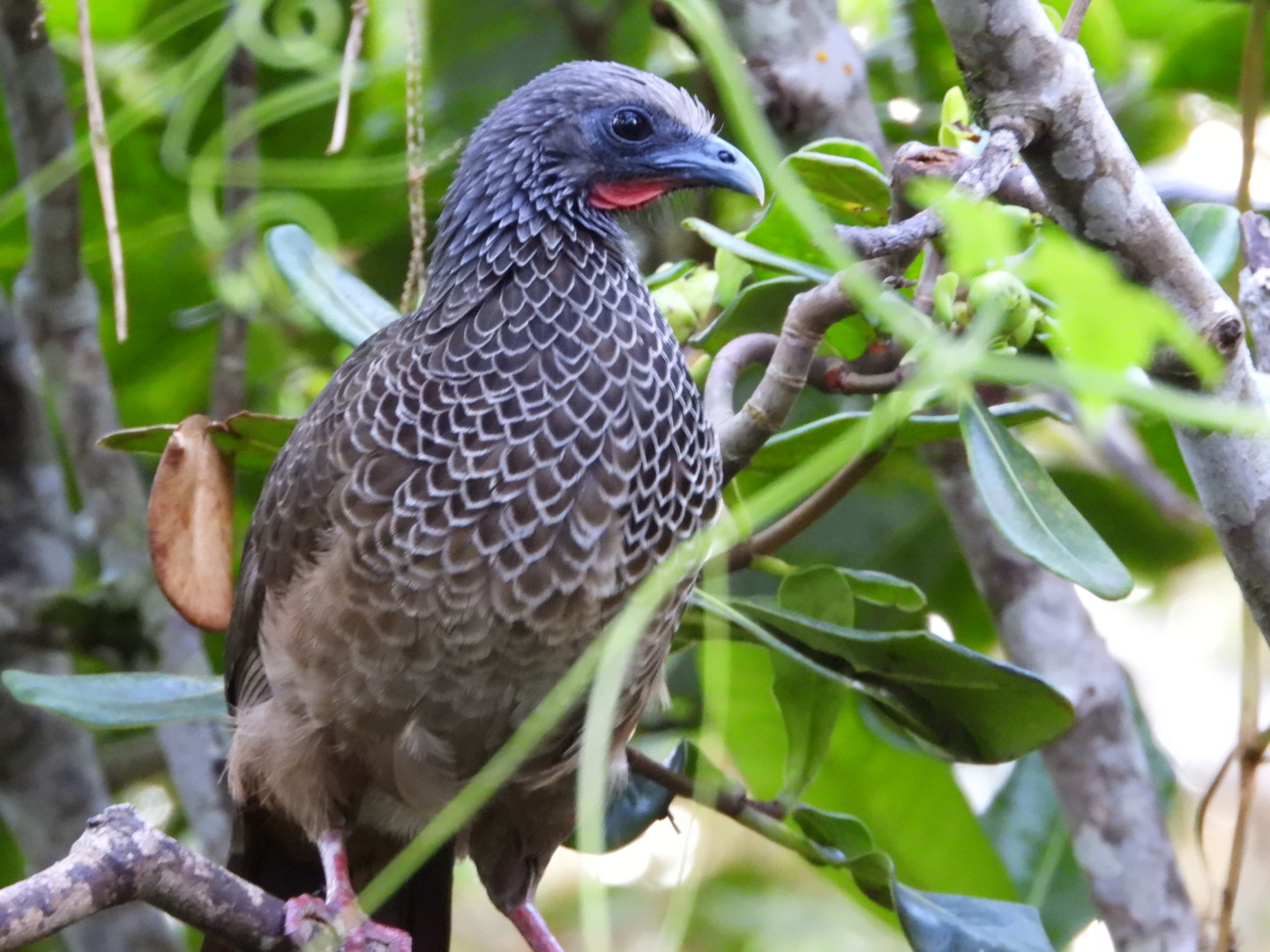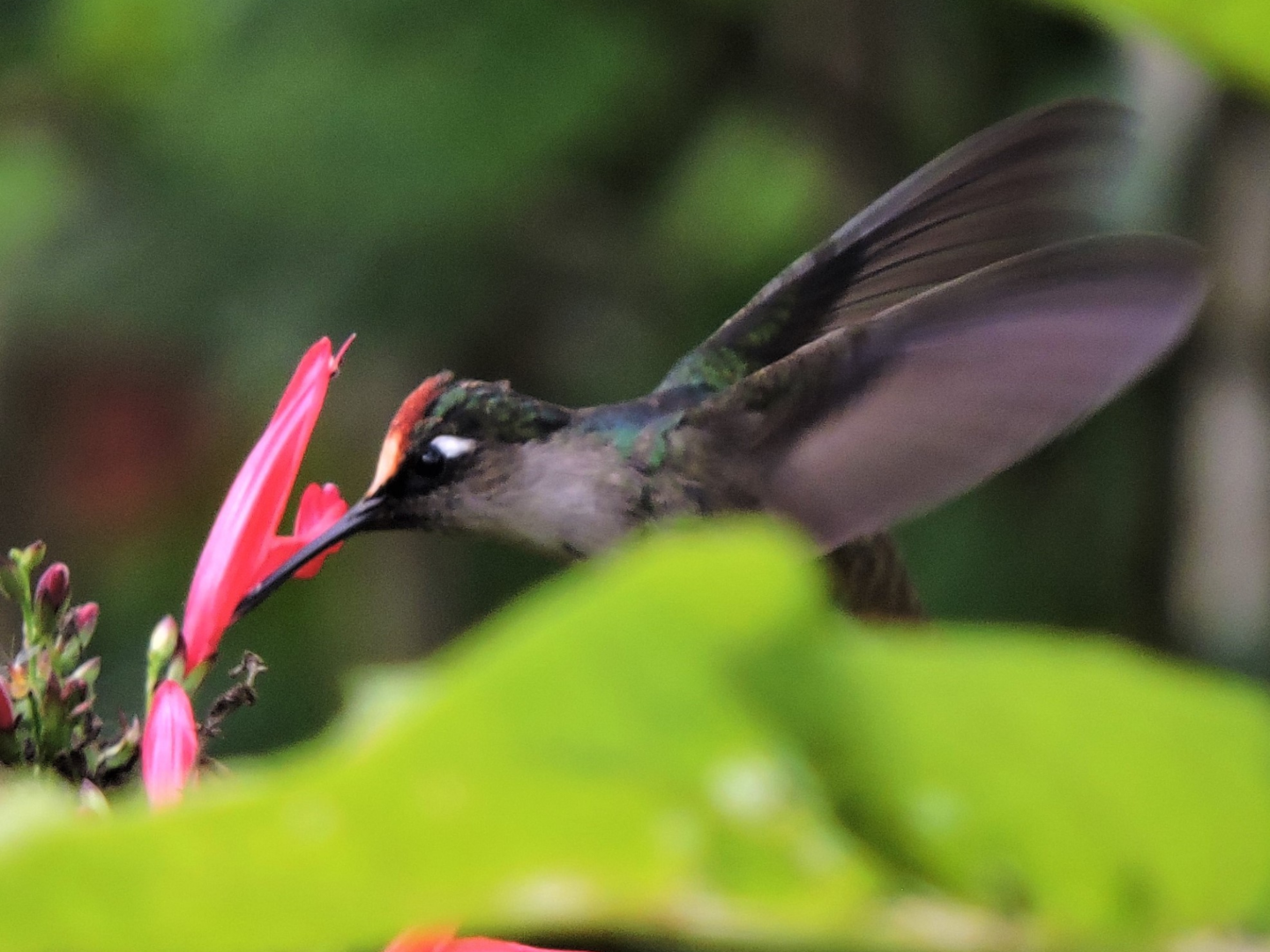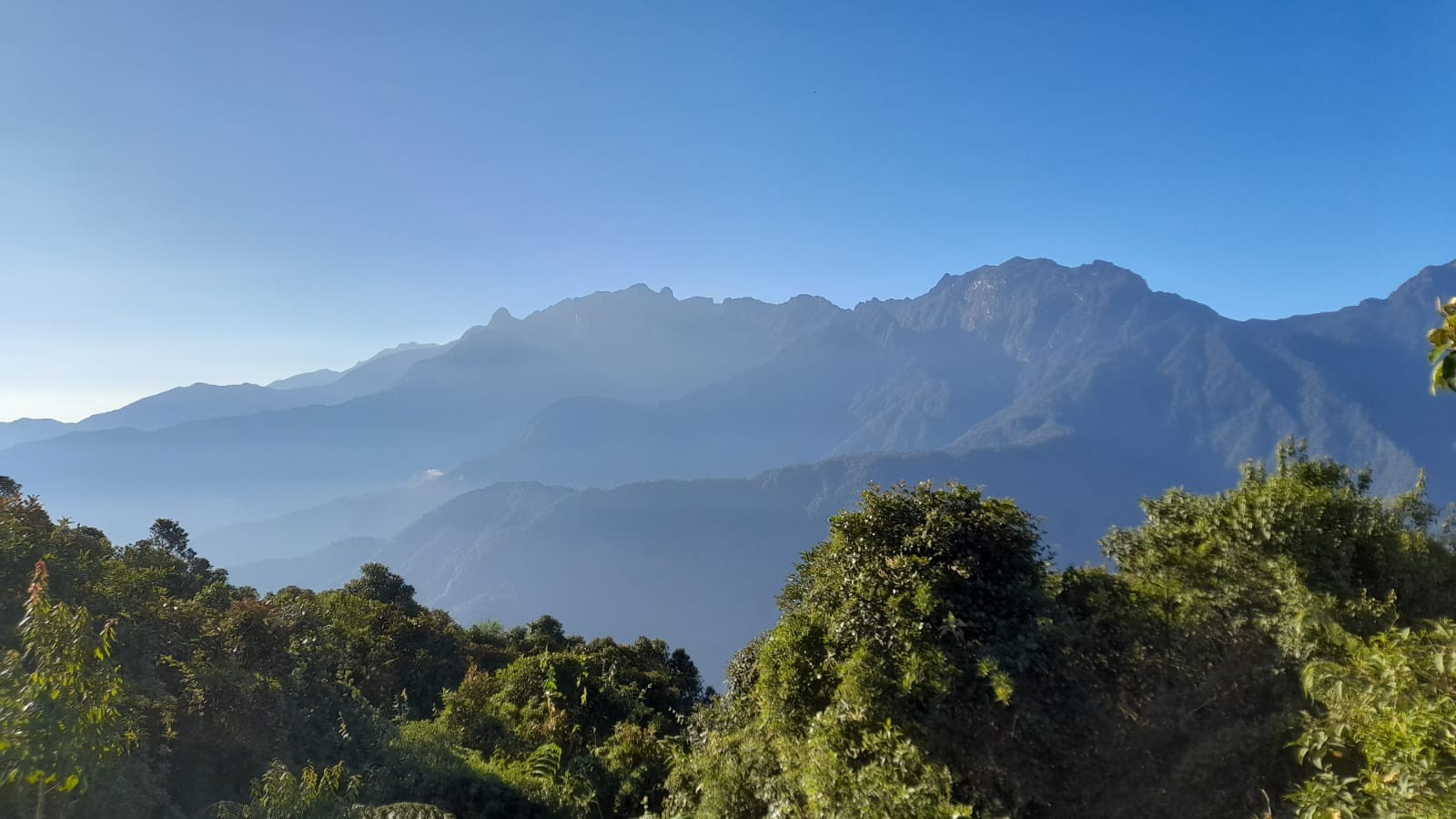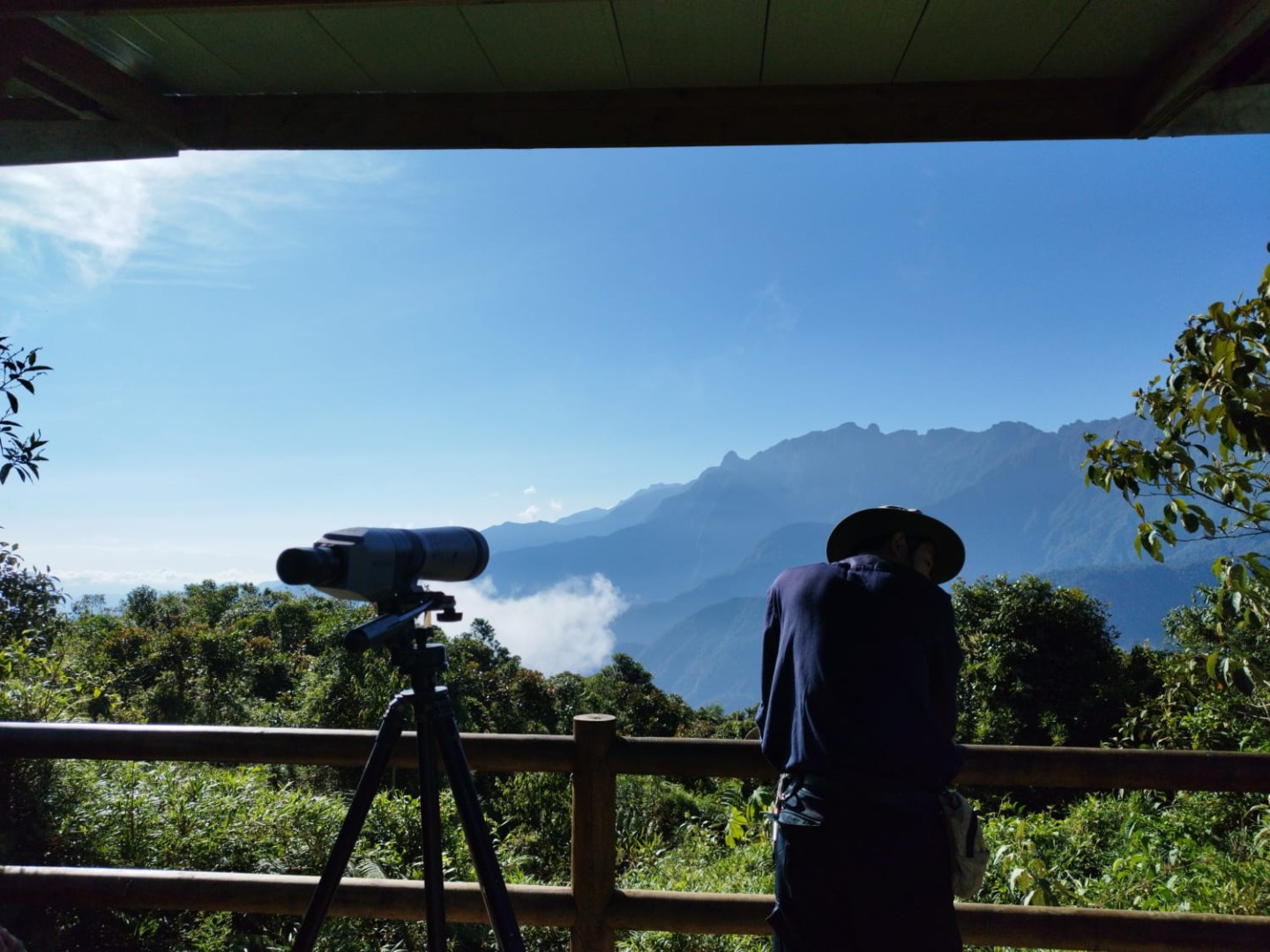
Colombian Andes
By Fredy Cardona
Sometimes our journeys begin in ways that you didn’t expect. Delayed flights, few hours of sleep, and so on. We could say that these unpleasant situations can ruin the first impressions of our 10-day trip but, thankfully, this was not the case for our group from Japan, and in the next few hours, they were ready for the action.
During this tour, we had the opportunity to visit the most important hotspots of the three mountain ranges of Colombia and registered around 130 species, all of them between amazing landscapes from the road, and colorful cultures, just around the corner.
DAY 1
During our first day, we were pleased with the amazing weather and a superb breakfast at Chiguazá Mutar Reserve, a nice place run by a cozy family whose values foundation is growing as a natural reserve that offers the birds a place to rest and feed. And it’s here where we got our first sightings of the day with Masked Flowerpiercer, Rufous-tailed Hummingbird, Green-tailed Trainbearer, White-throated Tyrannulet, White-tailed Kite, and as we can wait for this migration season Rose-breasted Grosbeak among others.
Then we must move to our next scenario, the stunning National Natural Park Sumapaz settled about 3500 masl, and home of our targets of the day like Andean Teal, Anden Duck, Apolynar´s Wren, Boyacá Antpitta, American Coot, Bronze-tailed Thornbill, Green-bearded Helmetcrest, Black-chested Buzzard-Eagle, beautiful beings that live here thanks its specific ecosystem, the typically called Paramo Ecosystem, settled on the top of the tropical Andes and whose main function is to supply water for the main cities and productive regions of Colombia, besides of be the home of different endemic species.
DAY 2
The Colombian roads sometimes present a big challenge when you travel. The day before we had a huge traffic jam that required us to find a place to rest and continue the next day. We start our second day very early in the morning to get to the hot spot called, El Retorno de los Colibríes, a perfect setting to have exceptional sittings of Colombian Chachalaca, Tolima Dove, Green Hermit, Fawn-breasted Brilliant, Tolima Blossomcrown, Indigo-capped Hummingbird, Southern Emerald-Toucanet, Yellow-headed Brusfinch and much more.
Due to our tight schedule, we must hit the road again that same afternoon heading to Otún Quimbaya. Our arrival was around 7:30 pm at the Hotel Kumanday, in the village of La Florida. Our host Diego was always very attentive to making our stay of the best quality and the food was ready and delicious, the right thing to do for our third-day birding tour.
DAY 3
We started around 5:00 am with a new crew of drivers on 4×4 cars due to the road condition that leads to Otún-Quimbaya Reserve, which belongs to the conservation corridor called the upper watershed of the Otún River, connecting the highest lands of the National Natural Park Los Nevados with three glacier-covered volcanoes and a very well representation of Andean, and high Andean forest of the Colombian Central Range of its western slopes. The birding here is on the road all the time and we got the chance to sight Cauca Guan, Tawny-bellied Hermit, Plain Antvireo, Stiles’s Tapaculo, Montane Woodcreeper, Spotted Barbtail, Rufous Wren, Three-striped Warbler, Canada Warbler, Oleaginous Hemispingus Red-ruffed Fruitcrow and others.
This same afternoon we moved on to Montezuma, one of the most expected hotspots for our guests due to its huge number of endemisms, and the quality of the local guides there, making the trip worth it. We arrive at Montezuma at 7:00 pm, the right time for dinner, and talk about our next days here.
The Montezuma Eco Lodge was our base point, this place is located at 1350 Masl at the entrance of the National Natural Park Tatamá, located in one of the most biodiverse regions in the world. The Lodge is surrounded by hummingbird feeders where is possible to see White-necked Jacobin, Tawny-bellied Hermit, Green Thorntail, White-booted Racket-tail, and Purple-throated Woodstar among others, everything around the lodge gives a nice chance to see something new.
Right next to the lodge, we have a road that is the only one that goes to the high part of Montezuma Peak, with a distance of 13 km is the road that we use for our birding days, and we must split it into three levels, high, mid, and low, to can scan, during the next days the more than 1200 meters of gradient and its different hotspots.
DAY 4
Montezuma high-level
The days at Montezuma start early, after a nice cup of coffee left for the nice and kind staff of the lodge, we leave around 5:30 am through a dirty and bumpy road for around two hours. We took our breakfast at the highest point of the peak, next to the army base that protects the communication antennas settled here. In the meantime, we could also appreciate the magnificence of this mountain thanks to the clear and shiny weather while we sight our first treasures of the day: Tourmaline Sunangel, Violet -tailed Sylph, Velvet-purple Coronet, Munchique Wood-Wren, Dusky Chlorospingus, Chestnut-bellied Flowerpiercer and In our descent, we also could appreciate Nariño Tapaculo, Fulvous-dotted Treerunner, Gold-ringed Tanager, Purplish-mantled Tanager, Glistening-green Tanager and much more.
DAY 5
Montezuma mid-level
This day we couldn’t have had better luck. Just arriving at our spot a mixed flock was passing for more than 30 minutes! After this very good welcome, it was time for breakfast to start our way down scanning everything around. This day leaves us sightings of Brown Inca, Greenish Puffleg, Empress Brilliant, Black Hawk-Eagle, White-faced Nunbird, Yellow-breasted Antpitta, Tatama Tapaculo, Golden-winged Manakin, Escale Fruiteater, Orange-breasted Fruiteater, Black Solitaire, Tanager Finch, Crested-ant Tanager, Black and Gold Tanager, Black-chinned Mountain-Tanager and more.
DAY 6
Montezuma low level
We spent just half of the day walking close to the house since we had to travel to Manizales city this same afternoon. During this morning we could appreciate Tawny-bellied Hermit, Crowned Woodnymph, Steely-vented Hummingbird, Purple-bibbed Whitetip, Choco Toucan, White-Whiskered Puffbird, Black-winged Saltator among others.
DAY 7
Rio Blanco is a reserve constituted for an Andean forest that provides the main source of water to the city of Manizales. This Reserve is the home of more than 300 species and has the most charismatic and important antpittas with very good spaces with very high opportunities to photograph them. At this time, we had the chance to sight easily Long-tailed Sylph, Speckled Hummingbird, Buff-Tailed Coronet, Stygian Owl, Chestnut-crowned Antpitta, Bicolored Antpitta, Brown-banded Antpitta, Slate-crowned Antpitta, Slaty Brushfinch, Beryl-spangled Tanager, Blackburnian Warbler and others.
After Lunch we move on to Termales del Ruiz, a high altitude lodge at 3500 m, close to the Nevado del Ruiz Volcano. The well-organized feeders at Termales ofer us the chance to enjoy species such as Tourmaline Sunangel, Rainbow-bearded Thornbill, Shining Sunbeam, Scarlet bellied Mountain Tanager and more.
DAY 8
We left Termales very early in the morning to try to get to the place where one of the stars here could be seen. Close to the main entrance to the PNN Los Nevados and after some time, the group got the chance with the charming Buffy Helmetcrest and others as Black-chested Buzzard-Eagle, Rufous-fronted Parakeet, Many-striped Canastero, Stout-billed Cinclodes, Brown-backed Chat- Tyrant among others. The next day we moved to Hacienda El Bosque at 3200 m elevation. A great place for photography and birdwatching.
DAY 9
Hacienda el Bosque is a very important place since they are rethinking the way of how they manage a traditional place that has been dedicated to cattle activities since its foundation, to the conservation of several patches of forest that ensure the connectivity between them. This was a huge help for the flora and fauna here given that many species now have the chance to reproduce and raise their populations. We got the opportunity to see, Andean Guan, Tourmaline Sunangel, Buff-winged Starfrontlet, Sword-billed Hummingbird, White-bellied Woodstar, Equatorial Antpitta, Crescent-faced Antpitta, Ash-colored Tapaculo, Barred Fruiteater and others. This same afternoon we hit the road for the last time to Bogotá city, for the last night in our hotel and arrange all the necessary things to go back home.
We want to thank all the staff of Manakin, to our main driver Diego Acero, to the drivers at Montezuma and Otun-Quimbaya, local guides, hotel staff and everyone that put a little of their own to make this birding trip possible!
Post a Comment
You must be logged in to post a comment.

